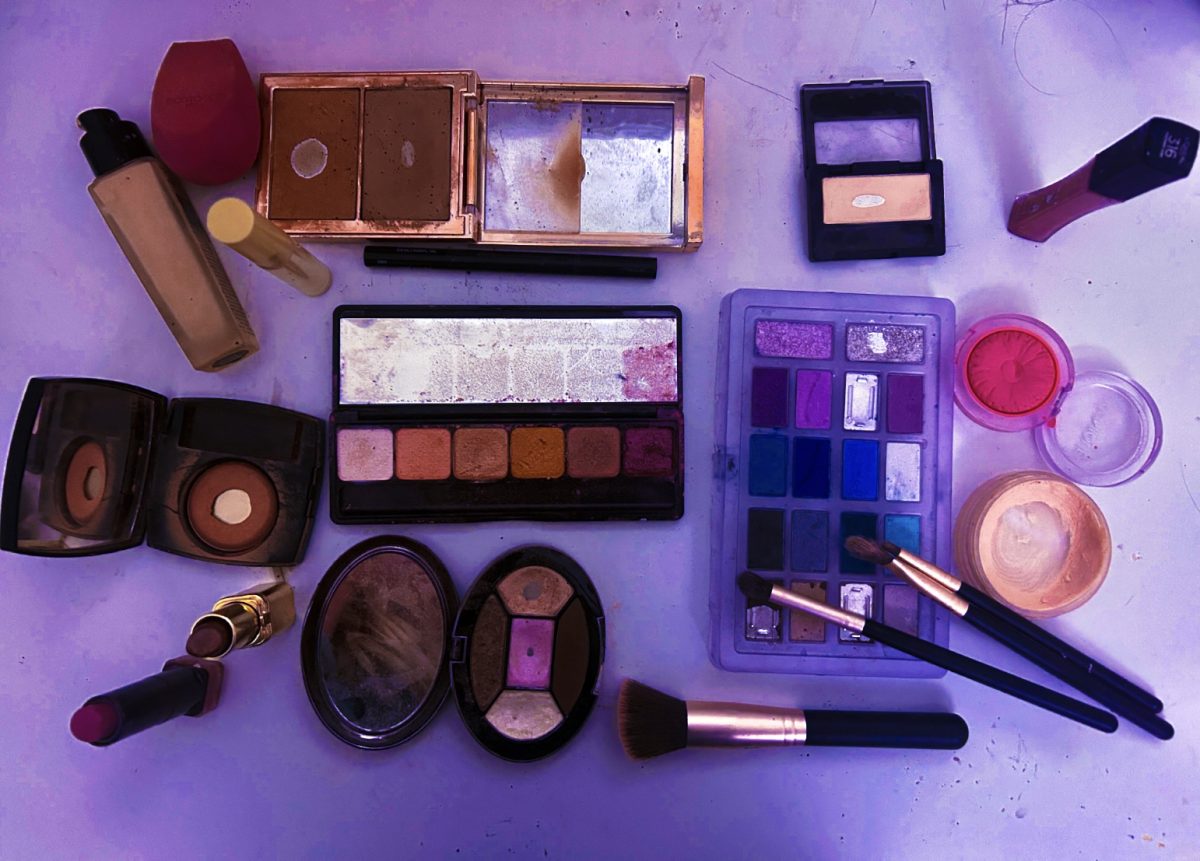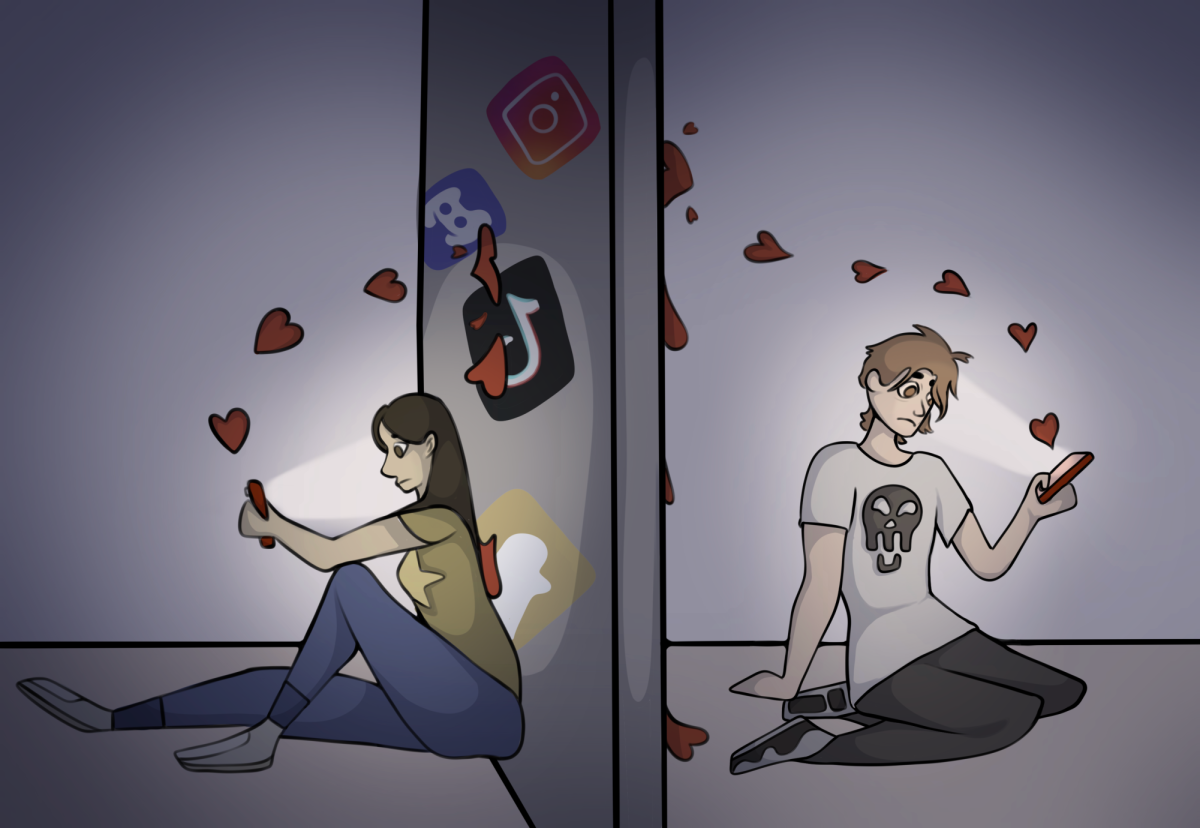When Halloween comes around each year, students debate whether or not they are too old to knock on their neighbors’ doors and yell the words “trick-or-treat!” While it makes sense to put an age limit on this tradition, wearing creative costumes is a ritual that can be enjoyed regardless of one’s age.
Going door to door as a little kid is considered cute, but not so much as a teenager or adult. Trick-or-treating is a tradition to leave in the past for the younger generation. However, no longer trick-or-treating does not mean a forever goodbye to Halloween. Finding alternate ways to celebrate, like dressing up in costumes, should be carried on as a practice.
Halloween should encourage people to get creative and connect with others. More specifically, adults should shift their attention away from trick-or-treating and more towards the process of putting together costumes and attending Halloween-themed social events. It is important to see past the candy and recognize the day as an opportunity to share experiences with friends and family, all while wearing a fun costume. In the long run, a memory of wearing a cool costume is far more significant than a memory of eating sugar. By leaving trick-or-treating for the kids, costumes are the ultimate way to express and celebrate the tradition in unique ways.
Halloween can also encourage all ages to embrace themselves when choosing what character to embody. For example, the English department dressed up this year as Nintendo characters such as Mario, Princess Peach and more.
“I do not think there is ever an age when you should not dress up for Halloween,” English teacher Thecla Prentiss said. “Trick-or-treating is different, because when you get to a certain age, especially when you look like an adult, it looks a little strange to be trick-or-treating and it takes the fun away from little kids.”
Even though it may seem socially outdated for teenagers to trick or treat, many students feel that it is a vital component of Halloween. It is also common for teenagers to believe that if it is enjoyable for them, nothing should hold them back.
“I think it’s never too late for high schoolers to go trick-or-treating because Halloween is a fun, traditional day for us to celebrate,” sophomore Ava Zhang said. “If getting a bunch of candy and having a sugar rush is how you want to enjoy it, then go for it.”
While it’s fun to trick-or-treat on Halloween, the traditional activity is reserved for younger children. If adults were to knock on their friends’ doors and ask for candy, it would not be seen as cute but rather strange. Additionally, on the night of Halloween, neighborhoods are filled with young children, sometimes supervised by parents, walking around in the dark. If adults were walking close to these children, it would only be fitting for several parents to have safety concerns regarding their kids. Trick or treating is simply not an activity that adults should be encouraged to participate in.
Although Halloween is known for door-knocking and candy distribution, understanding the age limit and passing the tradition to the younger generation is important. Moreover, rather than eating sugar, making memories with others and embracing creativity should be the sole purpose of celebrating Halloween. Remember the holiday not because of the feast of candy followed by a stomachache, but because of the happy times associated with it.









Harshit Agarwal • Dec 13, 2024 at 5:10 am
Very Well articulated article. Highlights the true intention behind celebrating Halloween.
Great Job Ms. Author. Keep it Up